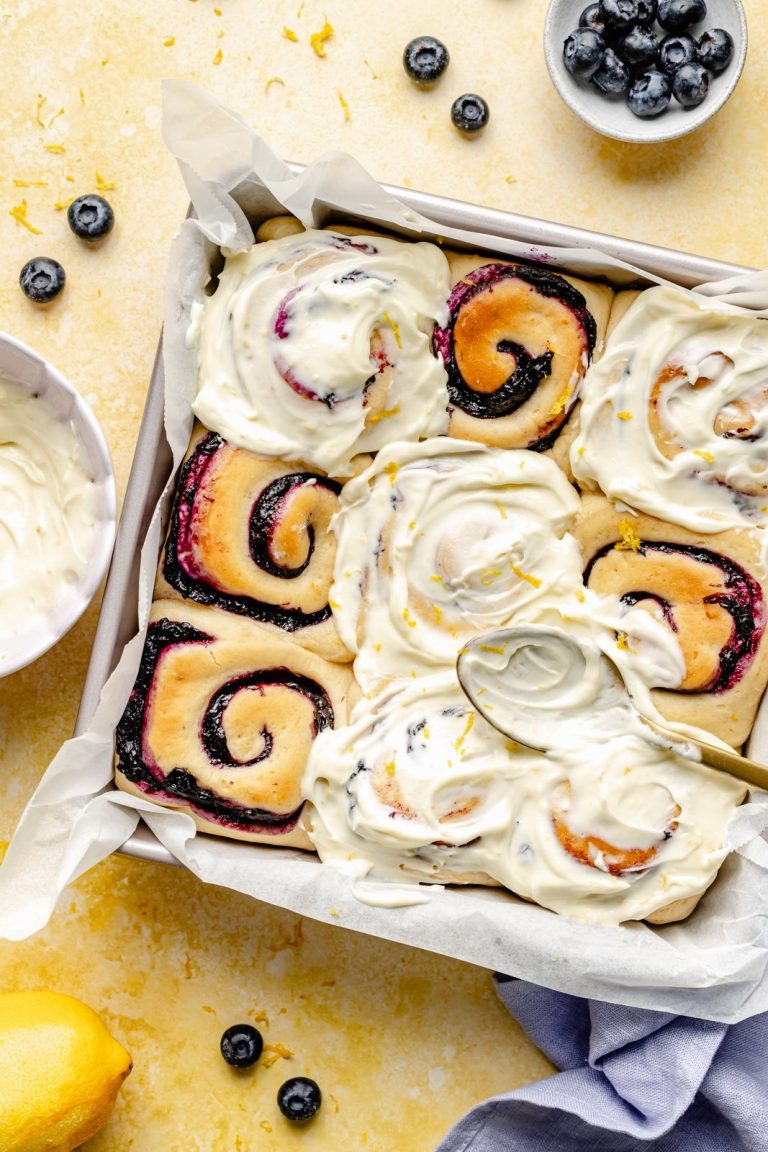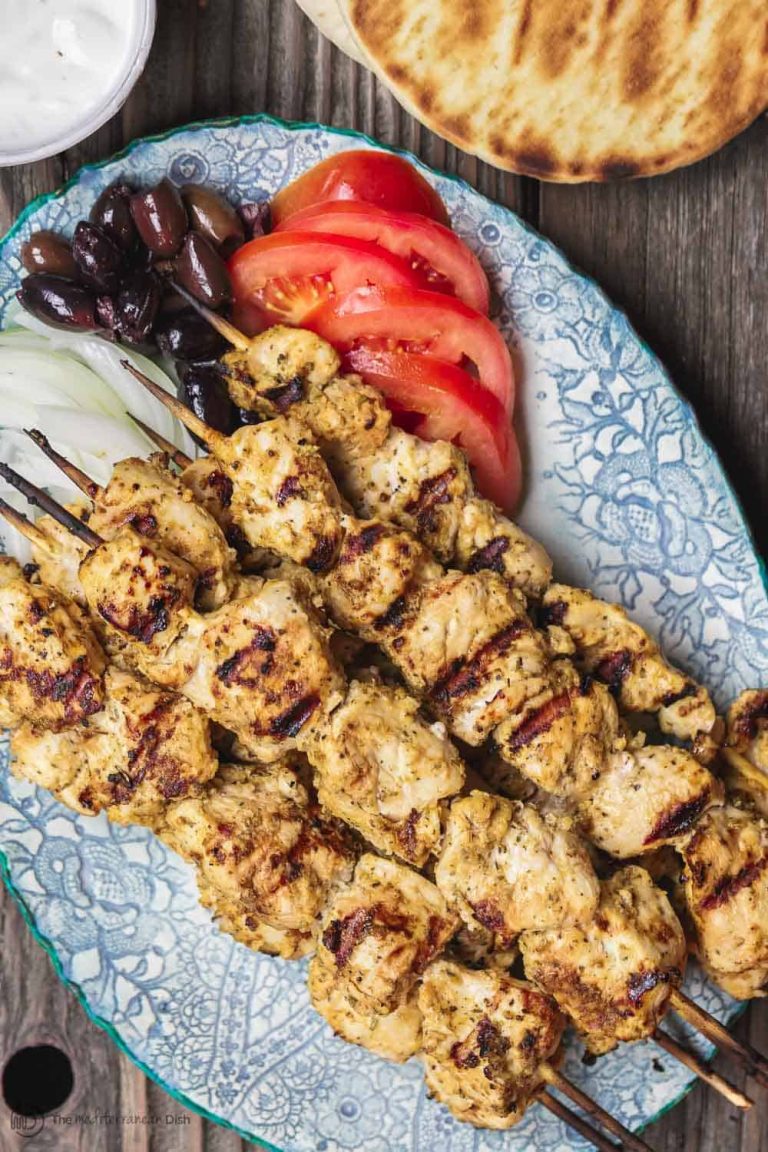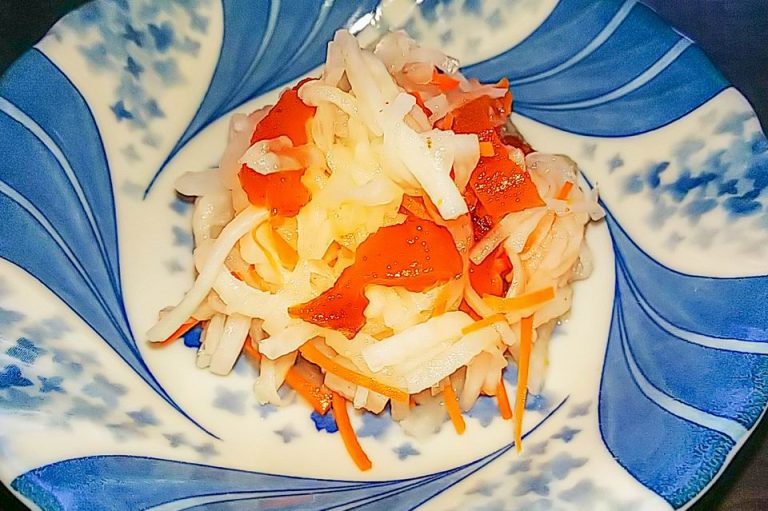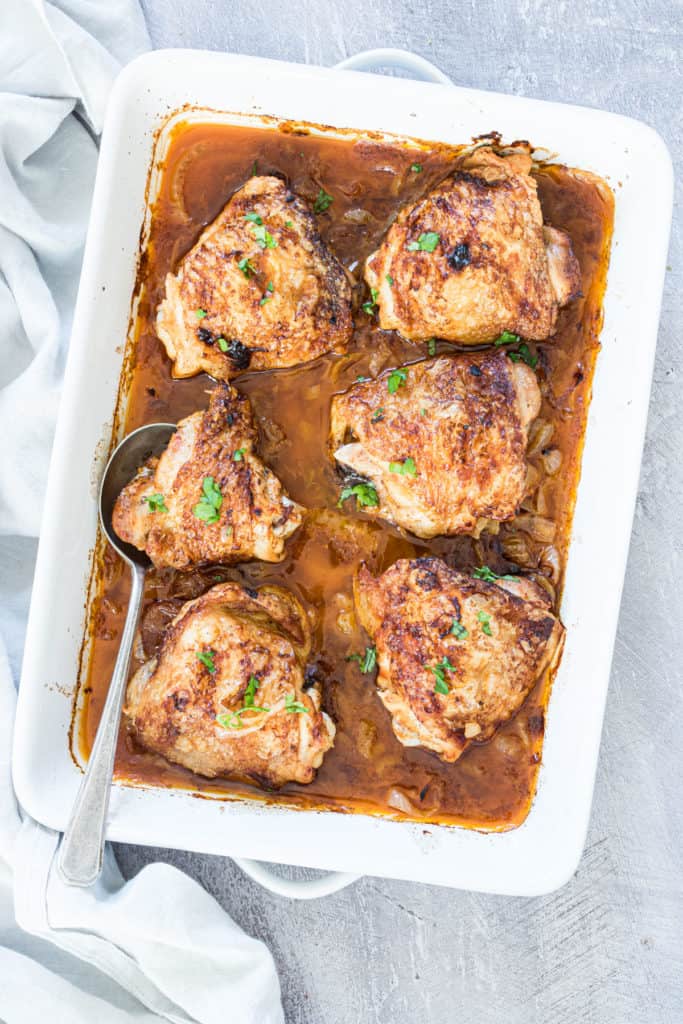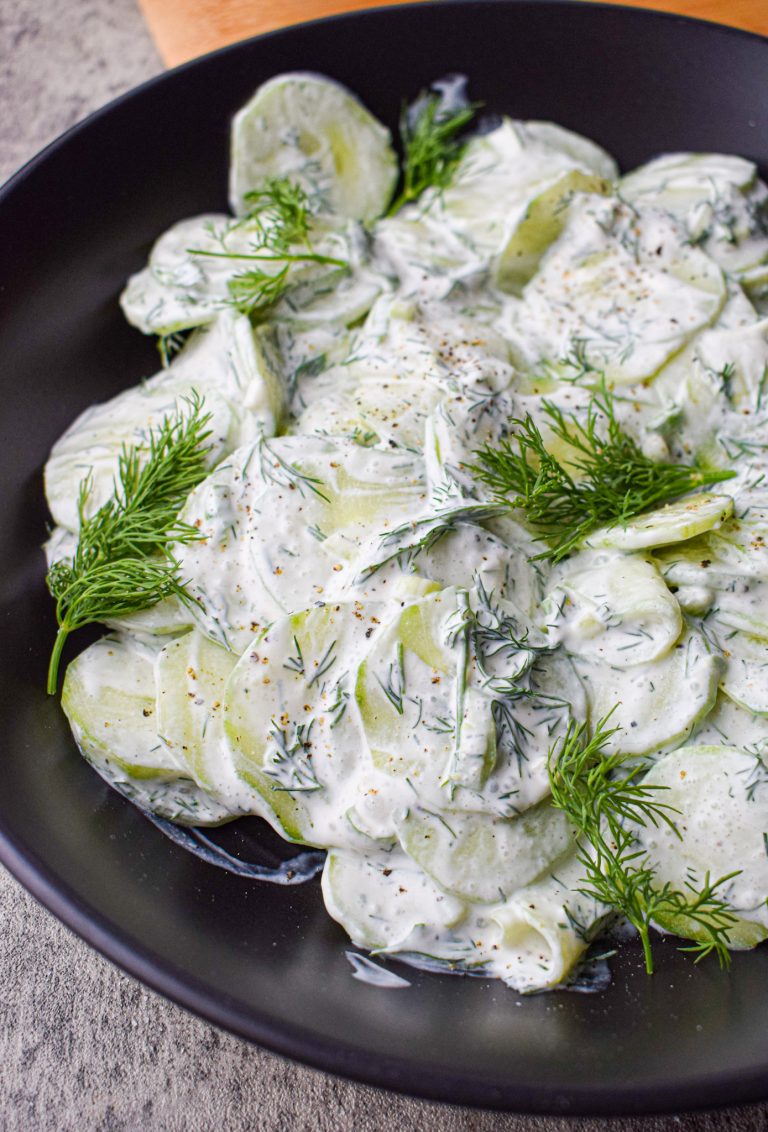Balah El Sham: Traditional Egyptian Choux Pastry Recipe and Nutritional Insights
Balah El Sham carries immense historical significance in Middle Eastern cuisine. Originating during the Ottoman Empire, these pastries became treasured staples among Egyptian households. The name “Balah El Sham” translates to “dates of the Levant,” reflecting the geographical and cultural origins of the dish. According to culinary historians, the introduction of these pastries to Egypt marked a period of rich cultural exchange between the Levant and Egypt. This delightful dessert, with its unique preparation method and distinct taste, found its place in Egyptian cuisine centuries ago.
Cultural Associations and Variations
Culturally, Balah El Sham is more than just a dessert; it symbolizes celebration and community. Typically served during Ramadan, weddings, and festive gatherings, this dish brings people together. Although the traditional Egyptian recipe remains popular, variations exist across different Middle Eastern countries. In Syria, for example, a similar pastry called “Ekleeb el-Kadi” features a slightly different shape and texture, while in Turkey, “Tulumba” offers a comparable flavor profile but uses different syrup ingredients. The adaptability of Balah El Sham to various regional flavors and preferences showcases its enduring popularity and cultural relevance.
Ingredients and Preparation of Balah El Sham
Essential Ingredients For Authentic Taste
Achieving an authentic Balah El Sham flavor requires specific ingredients, each contributing to the pastry’s unique taste and texture. Here are the essential elements:
- Water: 250 ml, serving as the main liquid component.
- Butter: 100 grams, adds richness to the dough.
- Flour: 150 grams, forms the structure.
- Eggs: 3 large, provide leavening and binding.
- Salt: 1/4 teaspoon, enhances flavor.
- Oil: For frying, ensures even cooking.
- Simple Syrup: Made with sugar and water, drizzled over the pastry for sweetness.
Step-by-Step Cooking Process
Creating Balah El Sham involves several steps, each crucial for a successful outcome. Follow this detailed guide:
- Prepare Dough: Combine water, butter, and salt in a saucepan. Heat until butter melts. Add flour, stir continuously until a smooth dough forms. Let it cool for 5 minutes.
- Incorporate Eggs: Gradually add eggs, mixing one at a time until fully integrated, resulting in a smooth, thick batter.
- Heat Oil: Fill a deep pan with oil, heating to 350°F (175°C) for optimal frying.
- Shape Pastries: Spoon the dough into a pastry bag with a star tip. Pipe 2-inch long strips into the hot oil.
- Fry Pastries: Cook pastries until golden brown, about 5-6 minutes. Use a slotted spoon to transfer them to a paper towel-lined plate.
- Add Syrup: While warm, dip the fried pastries in room-temperature simple syrup, ensuring an even coat.
- Serve: Arrange pastries on a serving dish, allowing excess syrup to drain, ready for immediate enjoyment.
These precise steps guarantee that your Balah El Sham will possess the traditional taste and texture cherished in Egyptian cuisine.
Serving and Presentation
Traditional Ways to Serve Balah El Sham
Serve Balah El Sham warm or at room temperature for the best experience. Often, it’s paired with a hot beverage like tea or coffee, which complements the pastry’s sweetness. Arrange the pastries in a single layer on a large platter, garnishing with chopped nuts such as pistachios or almonds to add texture. Different regions may use rosewater or orange blossom syrup for flavoring, enhancing the aroma and taste. For optimal enjoyment, consume fresh pastries on the same day or store them in an airtight container to maintain their crispness.
Modern Twists on Presentation
Modern culinary trends offer innovative ways to present Balah El Sham. Create bite-sized versions to serve as hors d’oeuvres at parties. Decorate with a drizzle of chocolate or caramel sauce for added flair. Combine with contrasting flavors by serving with ice cream or yogurt dips. For a visually appealing display, stack the pastries elegantly on tiered stands or serve in glass jars, showcasing their golden color. Experimenting with these modern twists can make the dessert stand out while preserving its traditional essence.
Nutritional Information
Caloric Content and Health Considerations
Balah El Sham, an Egyptian choux pastry, is high in calories primarily due to its ingredients and preparation method. One piece typically contains around 100-150 calories, varying based on size and syrup coating. If you’re managing calorie intake, consider consuming it in moderation, especially during festive occasions when such treats are abundant.
The dessert is rich in fats and sugars. Butter used in the dough and the simple syrup coating contribute significantly to the fat and sugar content, respectively. High sugar consumption can impact blood glucose levels, and the fat content raises calorie counts quickly. Individuals following low-sugar or low-fat diets should take this into account.
Macronutrients Breakdown
Understanding the macronutrient composition of Balah El Sham helps you make informed dietary choices. Here’s a typical breakdown per 100 grams:
| Nutrient | Approximate Value |
|---|---|
| Calories | 300-350 kcal |
| Carbohydrates | 35-45 g |
| Fats | 20-25 g |
| Proteins | 4-6 g |
Carbohydrates primarily come from flour and sugar. Fats are mainly from butter, and a small percentage of proteins can be attributed to eggs and flour. While it isn’t a high-protein treat, the macronutrient distribution is essential for balancing with other meals.
Micronutrients Content
Balah El Sham isn’t a significant source of vitamins or minerals. Nevertheless, some micronutrients present include:
- Vitamin A: From butter, contributing to vision and immune health.
- Calcium: Trace amounts from eggs and butter, beneficial for bone health.
- Iron: Minimal presence from flour, essential for blood production.
Since these values are relatively low, it’s advisable to consume other foods rich in vitamins and minerals to compliment this dessert.
Dietary Considerations and Modifications
If dietary restrictions apply, consider modifications to make Balah El Sham more suitable. For a lower calorie version, use less syrup or opt for a sugar-free alternative. Substituting butter with a plant-based fat can reduce saturated fats, making the pastry somewhat healthier.
Vegans can replace eggs with flaxseed or chia seed gel, though the texture might slightly differ. Gluten-free versions are possible using rice flour or other gluten-free flour blends but may alter the traditional texture.
Conclusion
Balah El Sham isn’t just a delicious treat; it’s a symbol of cultural heritage and communal celebration. Whether you’re indulging during Ramadan or adding a sweet touch to any festive occasion, this Egyptian choux pastry offers a delightful experience. With its rich flavors and versatile serving options, Balah El Sham can be tailored to fit various dietary needs and preferences. So go ahead and enjoy this classic dessert, knowing you can make adjustments to suit your lifestyle while savoring every bite.
